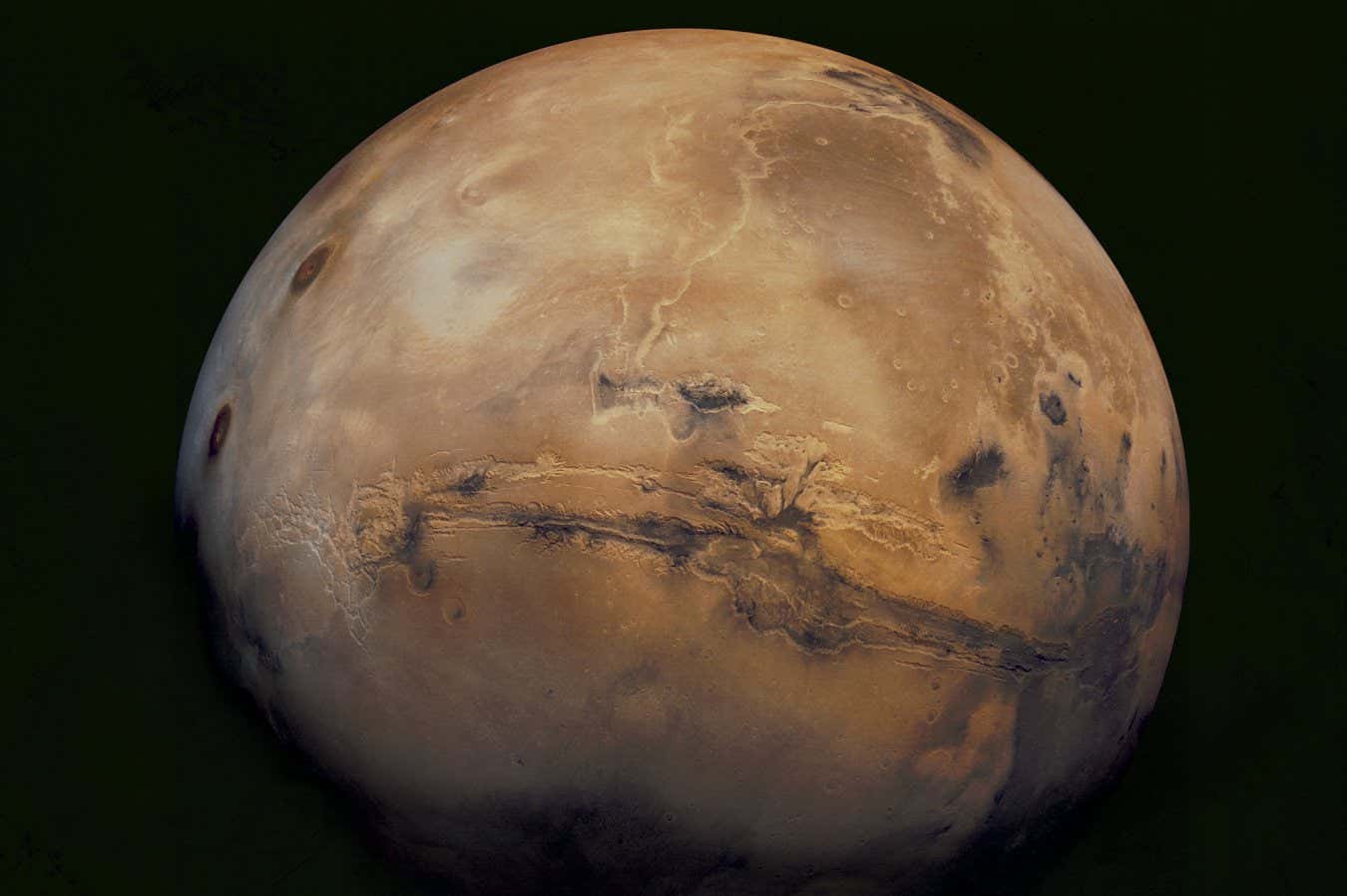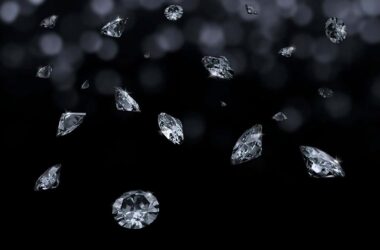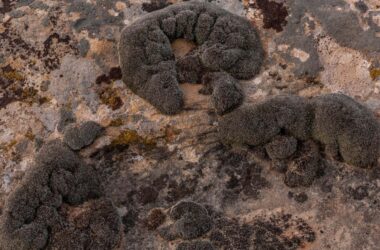Ancient Mars had seasonal weather similar to Earth, with alternating wet and dry seasons, according to mud patterns discovered by NASA’s Curiosity rover. These seasonal cycles may have played a role in the formation of complex building blocks for life.
There is evidence that Mars once had liquid water in the form of lakes and rivers, but it was unknown whether these were isolated events or part of a larger weather cycle.
Researchers from the University of Toulouse in France, led by William Rapin, examined images from the Curiosity rover and found a distinctive pattern of hexagonal ridges in mud from the Gale crater. They believe these ridges can only be formed by repeated wet and dry environments, suggesting the presence of seasonal weather on Mars.
The researchers hypothesize that the ridges were originally cracks in mud that dried out. The cracks would have been filled in by flooding and minerals, creating a more resilient mixture of mud and rock that formed the ridges. The size of the hexagons suggests that these cycles were regular and lasted for millions of years.
Similar patterns can be found in some environments on Earth, such as California’s Racetrack Playa, a dry lake that fills with shallow water during the rainy season.
The rock formations on Mars are around 3.6 billion years old, which is the time when life is believed to have emerged on Earth. This raises the possibility that life could have also emerged on Mars, given that the conditions were similar.
The seasonal weather on Mars may have also played a role in the formation of molecules essential for life, such as RNA and proteins. Chemical reactions required for these molecules often need periods of dehydration, which could have been facilitated by the wet and dry seasons on Mars.
While Earth lacks a geological record for the emergence of life, Mars provides a preserved rock record from that period. This makes Mars a valuable platform for studying the formation of organic matter and its self-organization.








